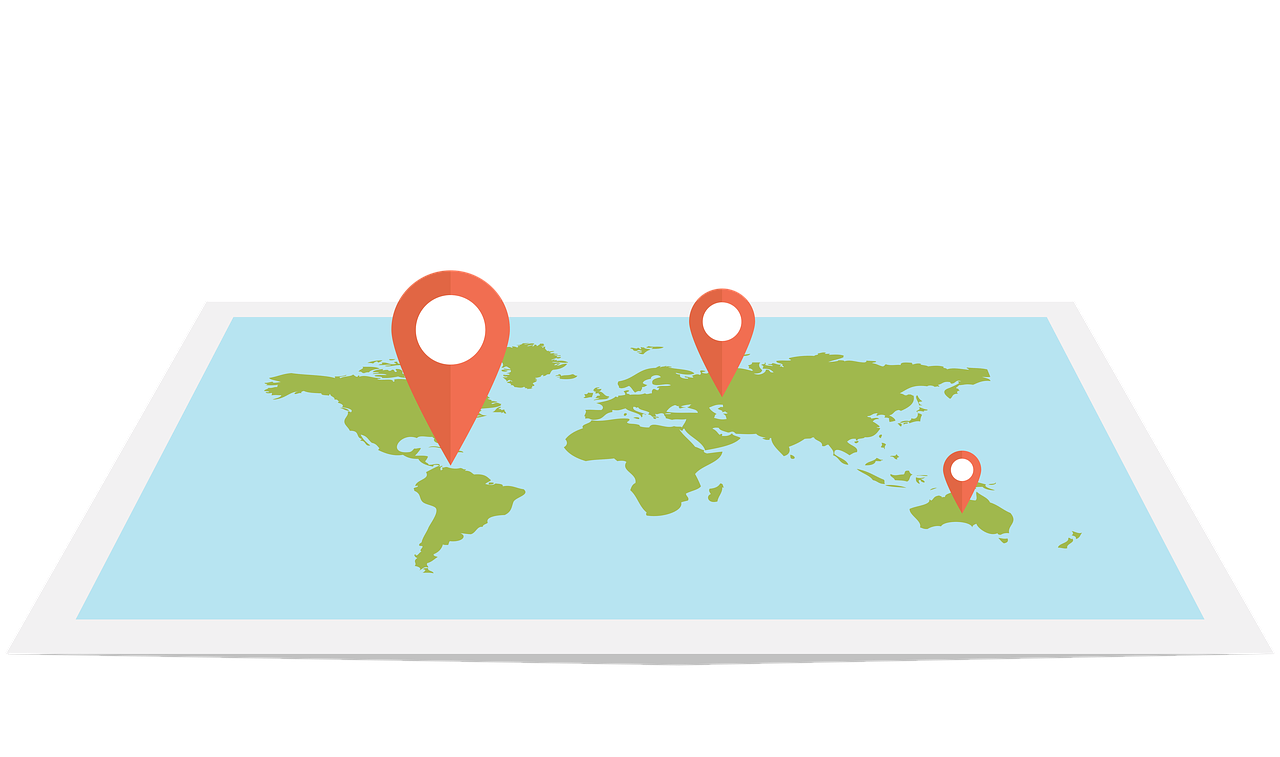Franchise territory mapping refers to the process of identifying, assigning, and managing territories for franchise businesses. It involves defining specific boundaries for each territory and understanding the market potential within those boundaries. Franchise territory mapping is essential for avoiding conflicts among franchisees and ensuring a fair distribution of resources. It allows franchisees and franchisors to clearly understand their designated areas and focus on developing their businesses within those territories. Overall, franchise territory mapping plays a crucial role in the success and profitability of franchise systems.
The Importance of Territory Mapping in Franchising
Franchise territory mapping is an essential aspect of franchising that cannot be overlooked. It plays a crucial role in ensuring franchisees’ and franchisors’ success and profitability. By defining specific boundaries and assigning territories, franchise territory mapping helps avoid conflicts and competition among franchisees within the same system.
Moreover, territory mapping allows both parties to understand the market potential within each territory. This knowledge helps franchisors allocate resources and support accordingly, maximising the overall performance of the franchise system. For franchisees, having a well-defined territory provides a sense of exclusivity and protection, allowing them to focus on developing their business within their designated area.
Franchise territory mapping is more than just drawing lines on a map. It establishes clear boundaries, enhances communication, and ensures a fair and equitable distribution of resources, ultimately contributing to the overall success of the franchise system.
The Process of Franchise Territory Mapping
Franchise territory mapping involves a detailed process that helps define and manage franchise territories. The first step is gathering data, including market demographics, competition, and customer profiles. This information is then analysed to identify potential territories and determine their market potential.
Once potential territories are identified, the next step is mapping out the boundaries of each territory. This can be done using digital mapping tools, such as Geographic Information System (GIS) software, which allows for accurate and precise boundary delineation.
After the territories are mapped, they need to be assigned to franchisees. This process involves considering factors such as the franchisee’s experience, financial capabilities, and desired location. Clear communication and agreement between franchisors and franchisees are crucial during this step.
Finally, ongoing management of franchise territories is essential. This includes monitoring the performance of each territory, addressing any issues or conflicts that may arise, and adapting the territory boundaries as needed to ensure a fair and efficient distribution of resources.
By following a well-defined process, franchise territory mapping helps establish clear boundaries, maximise market potential, and ensure the success of both franchisees and franchisors.
Tools and Technologies Used for Franchise Territory Mapping
Franchise territory mapping relies on various tools and technologies to ensure accurate and efficient mapping. One commonly used tool is Geographic Information System (GIS) software, which allows for precise boundary delineation and the ability to overlay demographic and market data onto maps. This enables franchisees and franchisors to understand the potential of each territory better. Additionally, mapping software can integrate with customer relationship management (CRM) systems, providing a comprehensive view of customer and sales data within each territory. Mobile mapping apps are also helpful for franchisees on the go, allowing them to access territory information and customer data from their smartphones or tablets. Overall, these tools and technologies enhance the effectiveness of franchise territory mapping, making it easier for both franchisees and franchisors to manage and grow their businesses.
Best Practices for Effective Franchise Territory Mapping
To ensure effective franchise territory mapping, there are some best practices that both franchisees and franchisors should follow.
First and foremost, open and transparent communication between both parties is key. This includes discussing and agreeing upon territory boundaries, market potential, and any expectations or requirements. By setting clear expectations from the beginning, both franchisees and franchisors can work together towards a common goal.
Secondly, flexibility is essential. Franchise territory mapping should not be set in stone forever. As the market evolves and changes, it may be necessary to adapt territory boundaries or adjust them to maximise growth opportunities. Franchisees and franchisors should be open to reviewing and adjusting territories as needed.
Lastly, ongoing collaboration and support are crucial. Franchisees should be provided with the necessary resources, training, and marketing support to help them succeed within their designated territory. Regular communication and feedback between franchisees and franchisors can also help identify any challenges or opportunities for improvement.
By following these best practices, franchise territory mapping can be an effective tool for both franchisees and franchisors, allowing for successful growth and profitability within the franchise system.
Summary
Franchise territory mapping is a crucial tool for franchisees and franchisors in the world of franchising. It helps establish clear boundaries, minimise conflicts, and maximise the market potential within each territory. Following a detailed process, including data gathering, mapping boundaries, and territory assignment, franchisees and franchisors can ensure a fair and equitable distribution of resources. Geographic Information System (GIS) software, mapping software, and mobile mapping apps are some of the tools and technologies used to enhance the accuracy and efficiency of franchise territory mapping. To make the most of this tool, open communication, flexibility, and ongoing collaboration between both parties are essential. By adhering to best practices, franchise territory mapping can drive the success and profitability of the entire franchise system.

